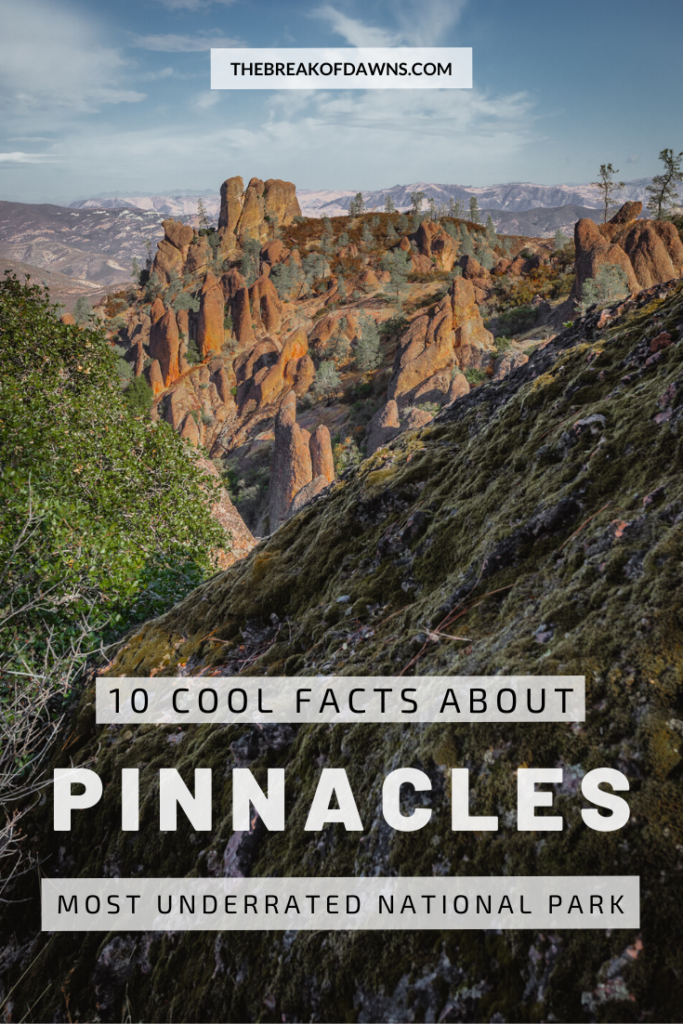
I’ve lived in California for nearly 2 years and only recently learned about the underrated Pinnacles National Park. This place deserves all the attention with its dramatic cylindrical-stone mountains and underground exploration opportunities. Although it’s relatively small in size, it definitely doesn’t lack in an interesting geological history.
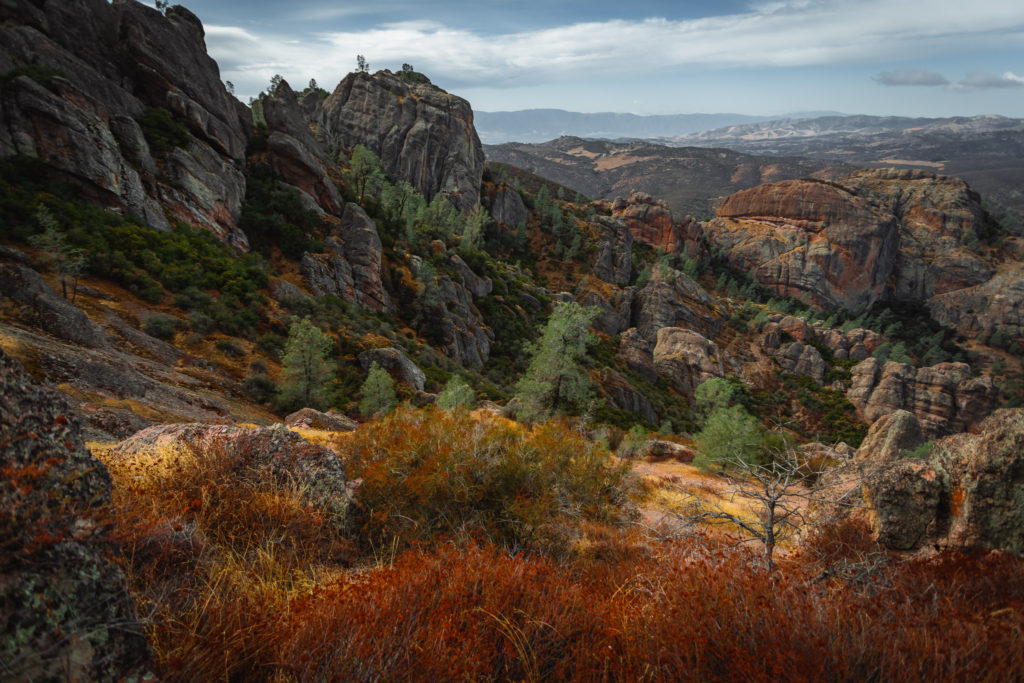
Where is Pinnacles National Park?
Located in central California, Pinnacles National Park is about 125 miles southeast of San Francisco and 80 miles southeast of San Jose. Because of its somewhat-remote location, it’s normally bypassed by those traveling through the Sierra Nevada’s or along the Pacific Coast Highway.
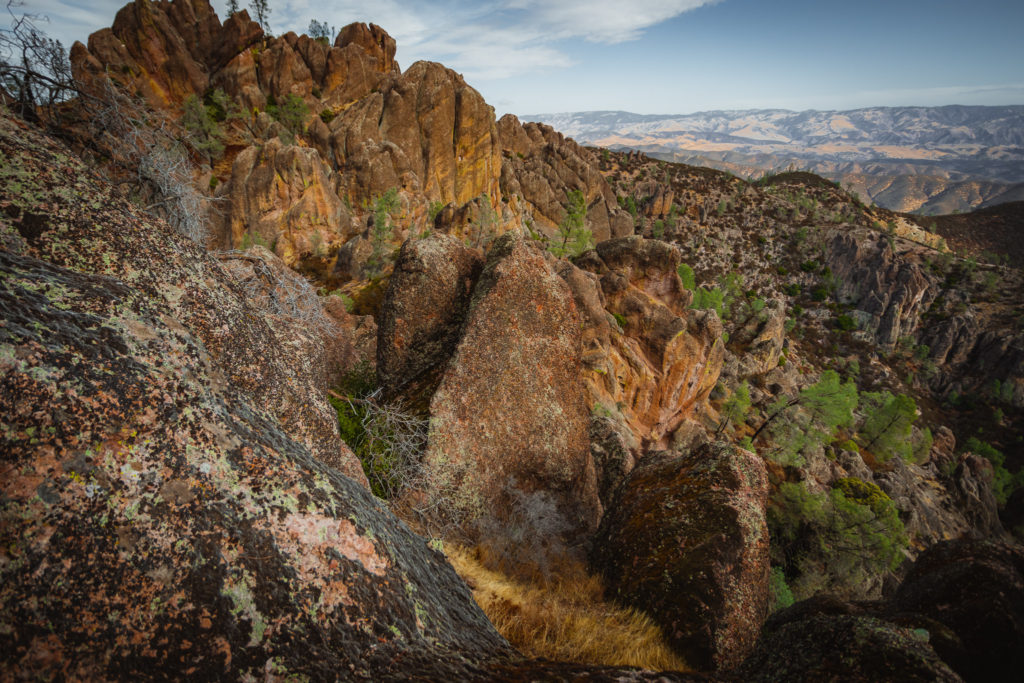
10 Cool Facts About the Underrated Pinnacles National Park
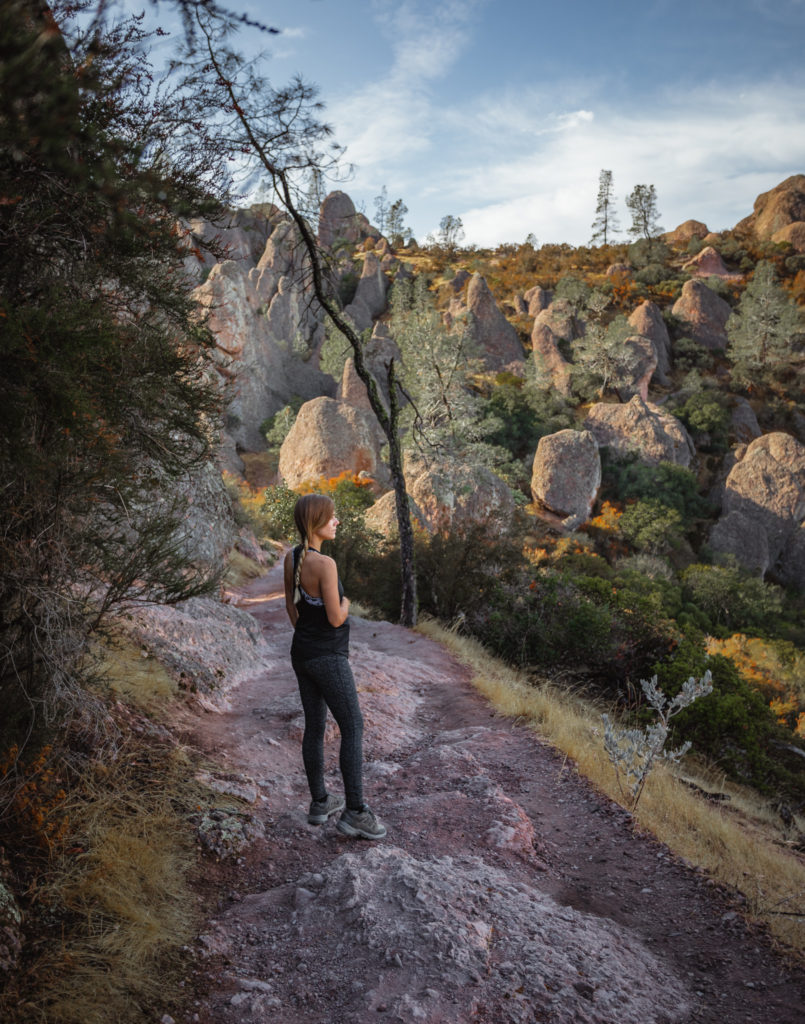
Pinnacles is the Newest National Park in the U.S.
Although it’s been maintained since the Civilian Conservation Corps were implemented in the 1930s, Pinnacles didn’t gain National Park Status until 2013.
Want to Hike the Best Trail in the Park? Click Here
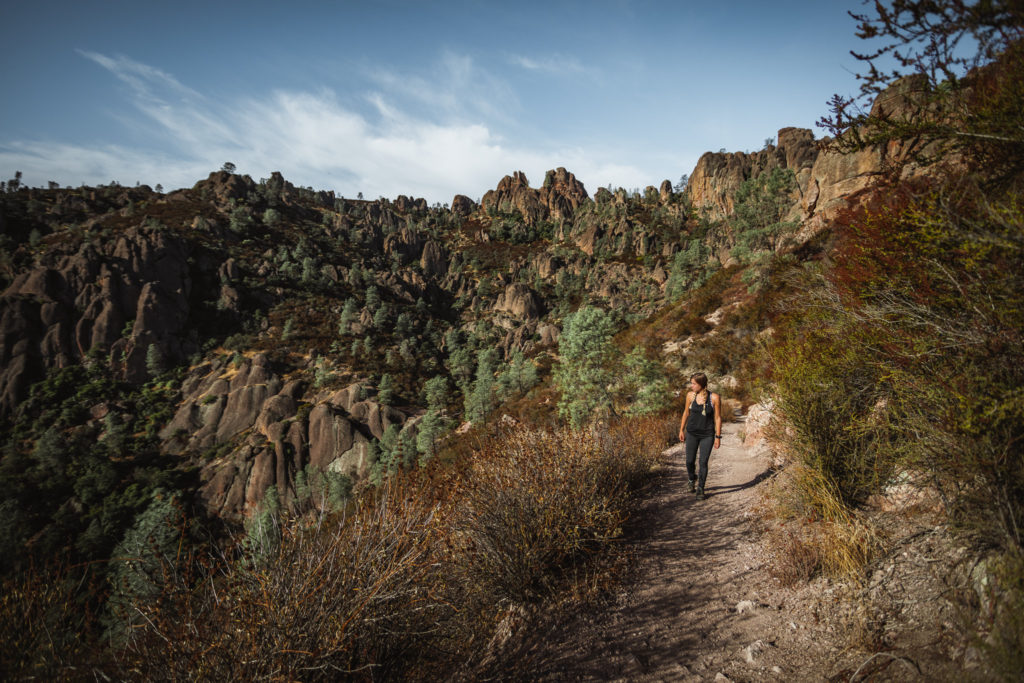
Pinnacles National Park Sits on the San Andreas Fault
Technically the San Andreas Fault Zone sits just east of Pinnacles National Park but it is solely responsible for how Pinnacles National Park got here.
Millions of years ago in an area northeast of Los Angeles, the Farallon tectonic plate dove under the southwest part of the North American plate. Once that happened, the Pacific plate collided with the North American plate, ripping a chunk of it off. This created the San Andreas Fault Zone which runs 600 miles from southern California to the northern coast in Mendocino.
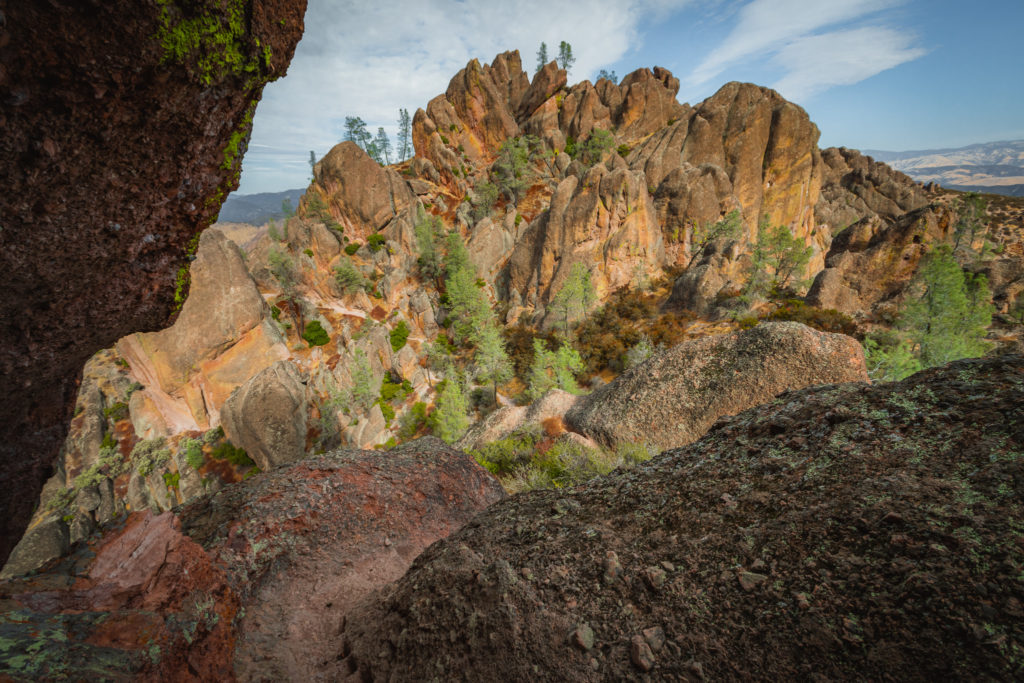
Pinnacles was Created by a Now-Extinct Volcano
With the subduction of the Farallon and North American tectonic plates came the creation of California’s coastal mountains and a generation of volcanic activity. The now-extinct Neenach volcano now had space for its lava to flow with the newly-formed cracks. Magma and molten rock spewed out as the tectonic plates collided, creating the Pinnacles volcanic field nearly 23 million years ago.
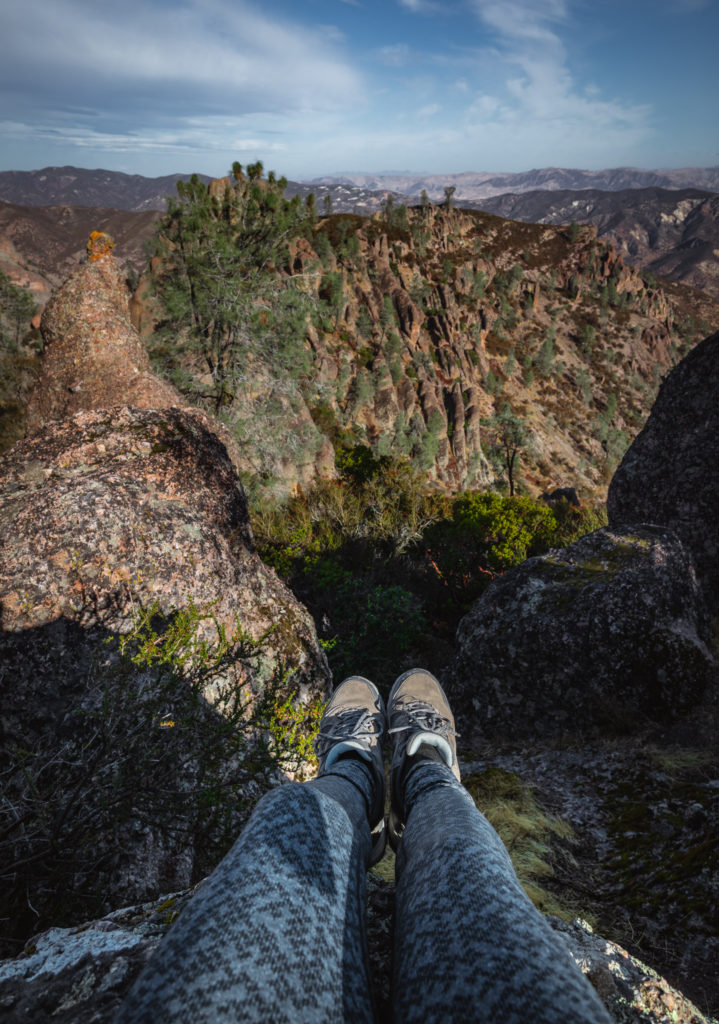
Pinnacles Doesn’t Exist Today in the Place it was Created
I know how hard that is to grasp but it’s true! The underrated Pinnacles National Park you see today is actually only two-thirds of the whole area. The other third of the park is still sitting in its original location 195 miles south near Los Angeles where those plates subducted, the Neenach Formation.
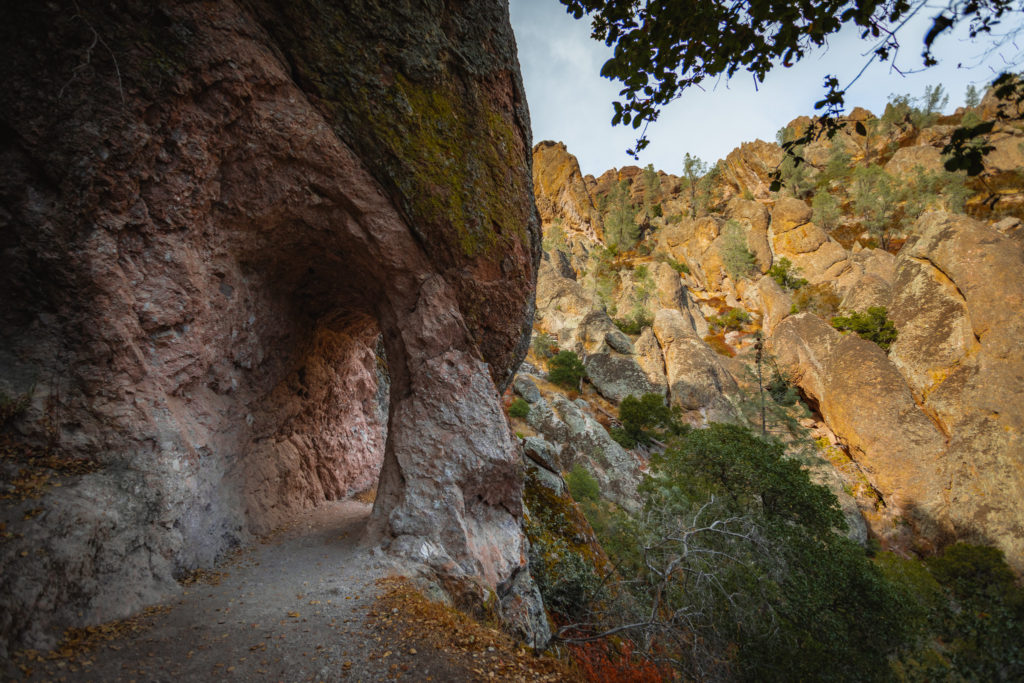
Thanks to the Pacific Plate’s constant movement north, Pinnacles volcanic field was split and two-thirds of it was carried 195 miles north. There’s no telling how long exactly this mobility took but geologists do know that Pinnacles began to sink below the surface during that time.
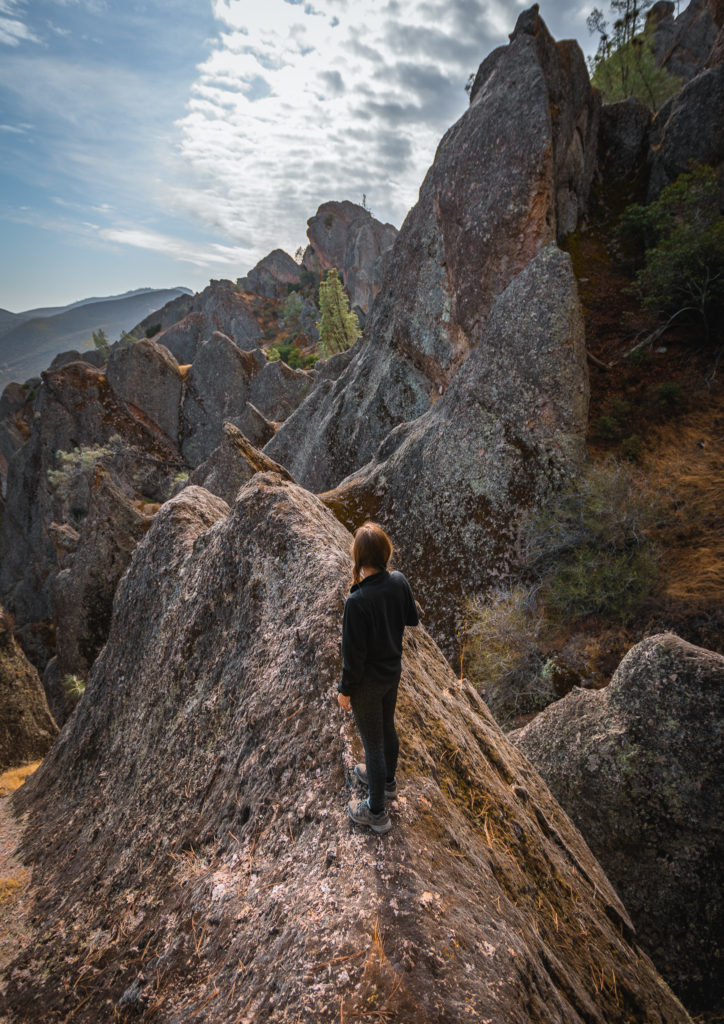
Erosion is to Thank for the Unique Rocks in Pinnacles
The most eye-catching part of Pinnacles National Park are the uniquely-shaped rock formations resembling an abyss of towers and steeples. While Pinnacles was located lower than the surface, millions of years of weather conditions allowed the park to take shape. As water crept into the cracks of the rocks, they expanded and froze, chipping off the weaker portions.
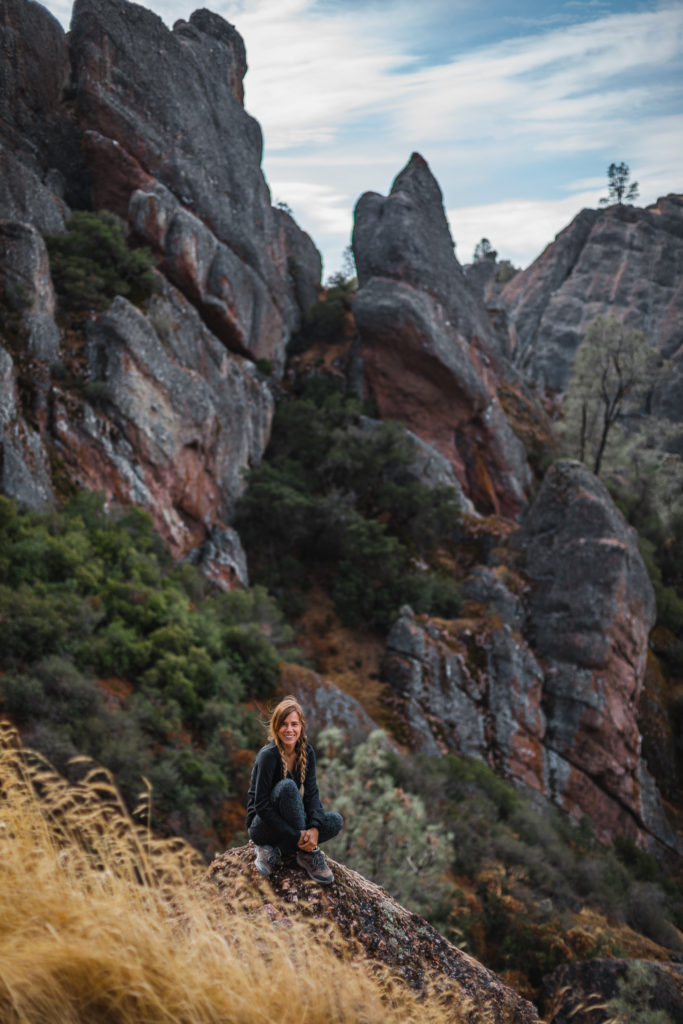
Erosion is Also to Thank for the Caves in Pinnacles
Narrow canyons formed by fractures from the fault lines surrounded Pinnacles National Park in a maze-like fashion. With the erosion of the cliffs above, massive boulders fell below, filling the canyons with a jumbled mess. Thanks to this erosion of the peaks, Talus caves were formed at the end of the last Ice Age.
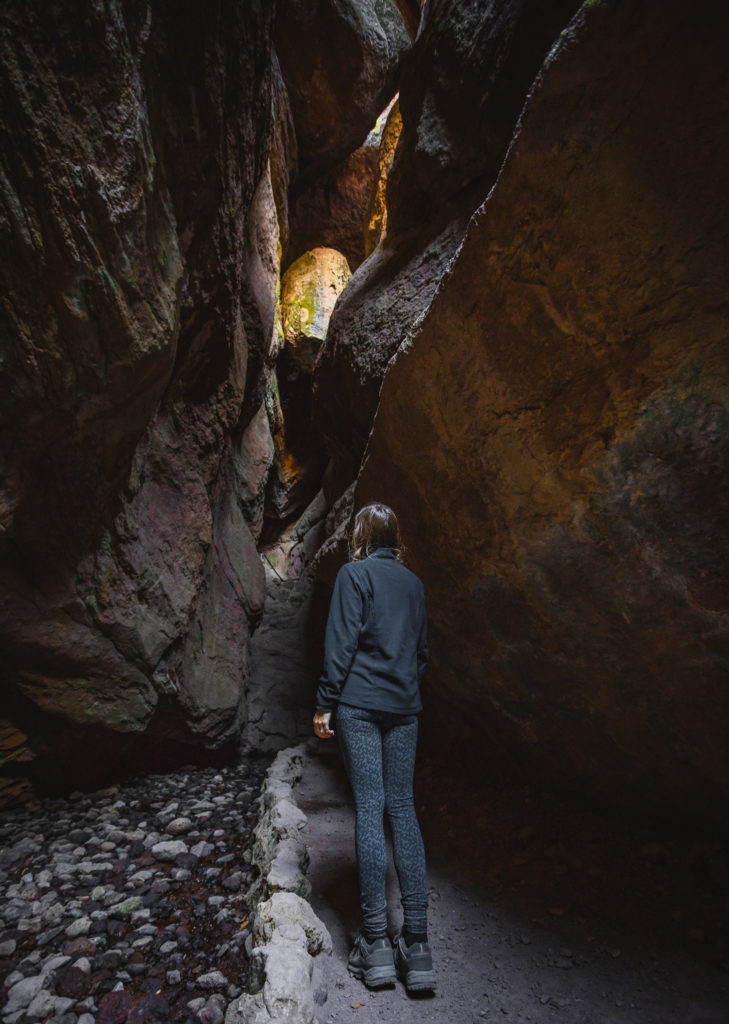
The Caves in Pinnacles are Important to Many Bat Species
Some of the coolest areas in Pinnacle National Park exist underground in the Talus type caves where a variety of bats can be found. Out of 23 species of bats in California, 14 species call it home. Within Pinnacles National Park are 2 different areas of caves.
Learn More about Hiking the Caves of Pinnacles NP here
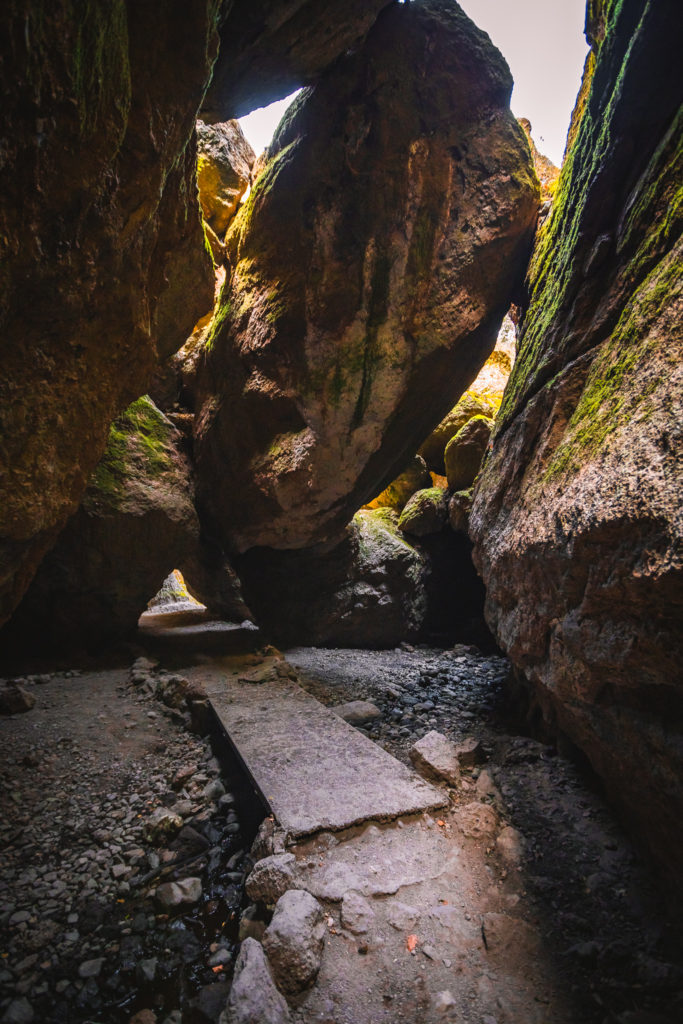
On the west side of the park is Balconies with Bear Gulch on the east side. Western Mastiff bats, mostly solitary males, house themselves in tiny cracks in the Balconies caves area. A large maternal colony of Townsend’s big-eared bats live year-round in the Bear Gulch Caves, a rarity for the species.
Seasons for when these bats breed and give birth vary. Normally, the majority of Bear Gulch shuts down in the spring and summer. Since the bats hibernate in the winter, the caves are open if they’re not affected by flooding.
For the current status of the cave openings and closures, be sure to check the website here.
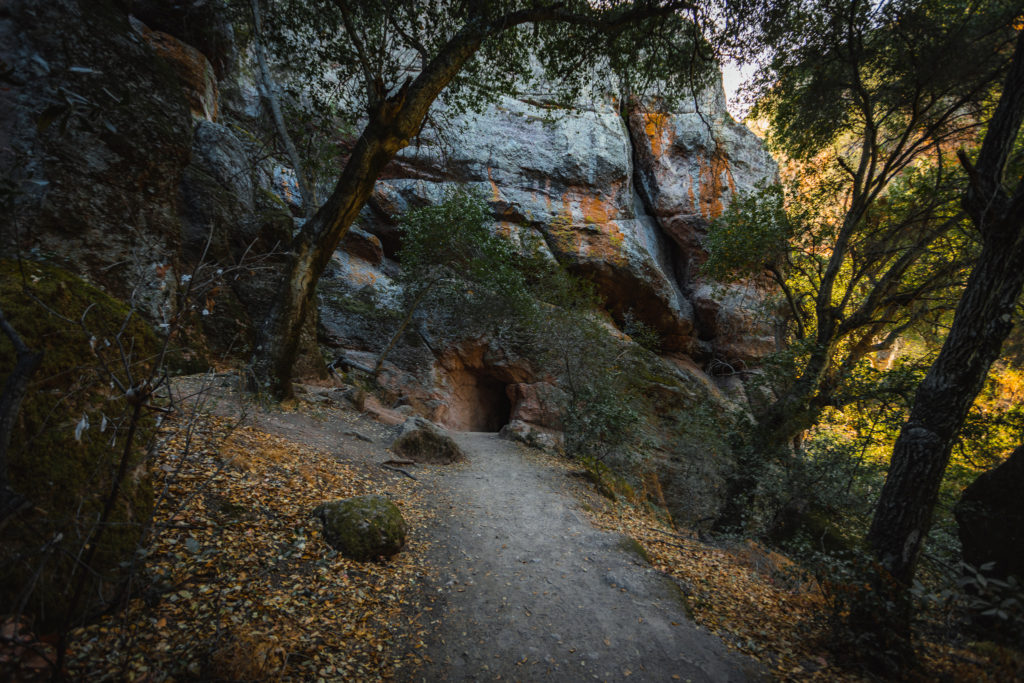
Pinnacles is Home to the California Condor Release Site
Back in the 1960s, conservationists placed the California condor on the endangered species list. Along with hunting and loss of habitat, the birds were poisoned by lead when feeding on animals who had been shot by a lead bullet. There were thought to be less than 10 left when a breeding program was created in the 1980s.
Today, nearly 400 California condors live in the wild and Pinnacles National Park is home to one of the only release sites. These birds, the largest in North America weighing more than 20 pounds with a 9.5 foot wing span, are some of the most incredible flying creatures you’ll ever lay eyes on. We were lucky enough to see 3 while hiking the Condor Gulch!
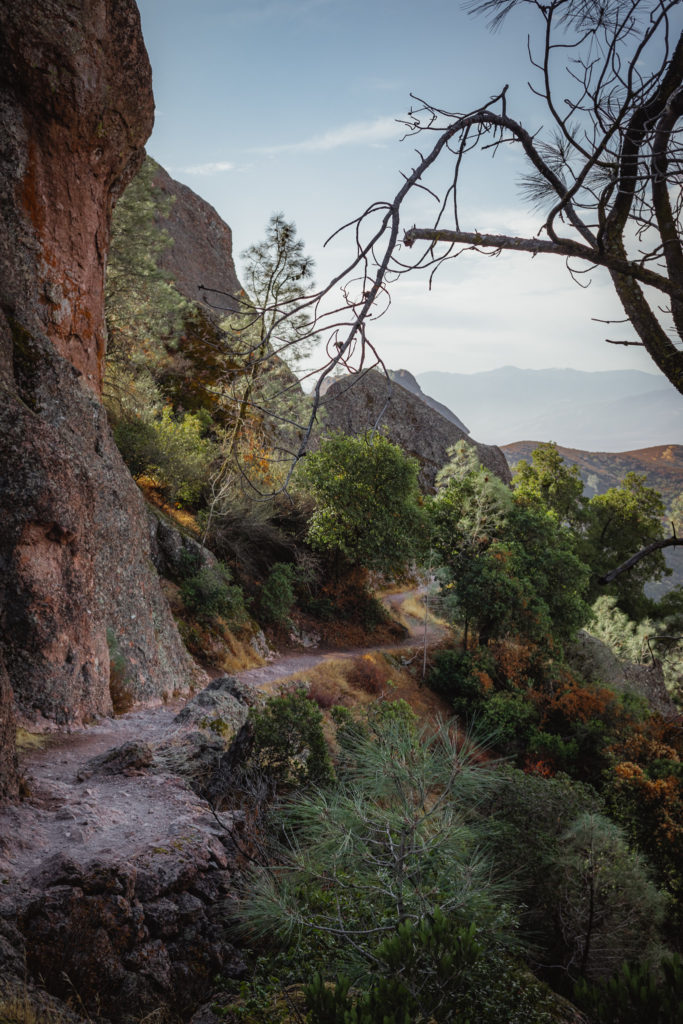
The Largest Variety of Bee Species is in Pinnacles NP
While Pinnacles is only 42 square miles of land, more than 400 bee species live here. This fact alone makes this National Park the largest concentration of bee species in the world. Since most bees are only active during portions of the year, this allows so many species to thrive in one area. Some only prefer one type of flower as well, allowing them to not get in another’s way.
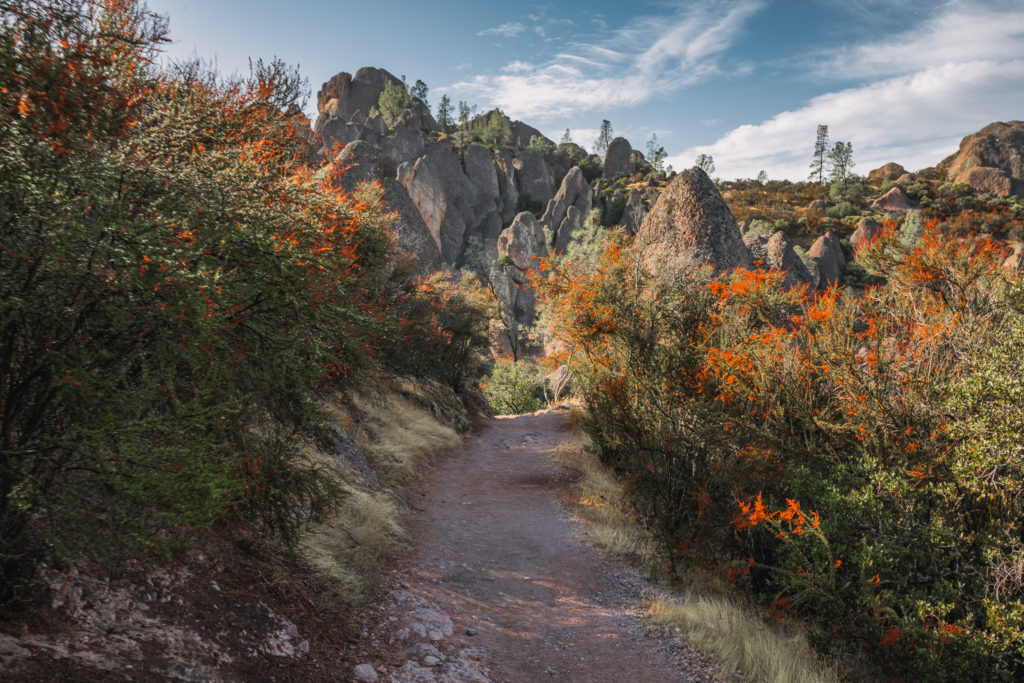
Protection for the Pinnacles began in the Early 1900s
Although its rise to National Park status is recent, the attention to the importance of this diverse landscape dates back to 1908. That year, President Roosevelt made Pinnacles a National Monument, thus protecting 2,000 acres of land.
Today, the Pinnacles Wilderness area is only one of 2 in the greater Bay Area region. It includes more than 26,000 acres of the Gabilan Mountains and 16,000 acres of federally-designed wilderness. All of the trails and the surrounding area are in the Pinnacles Wilderness, protected under the Wilderness Act of 1964.
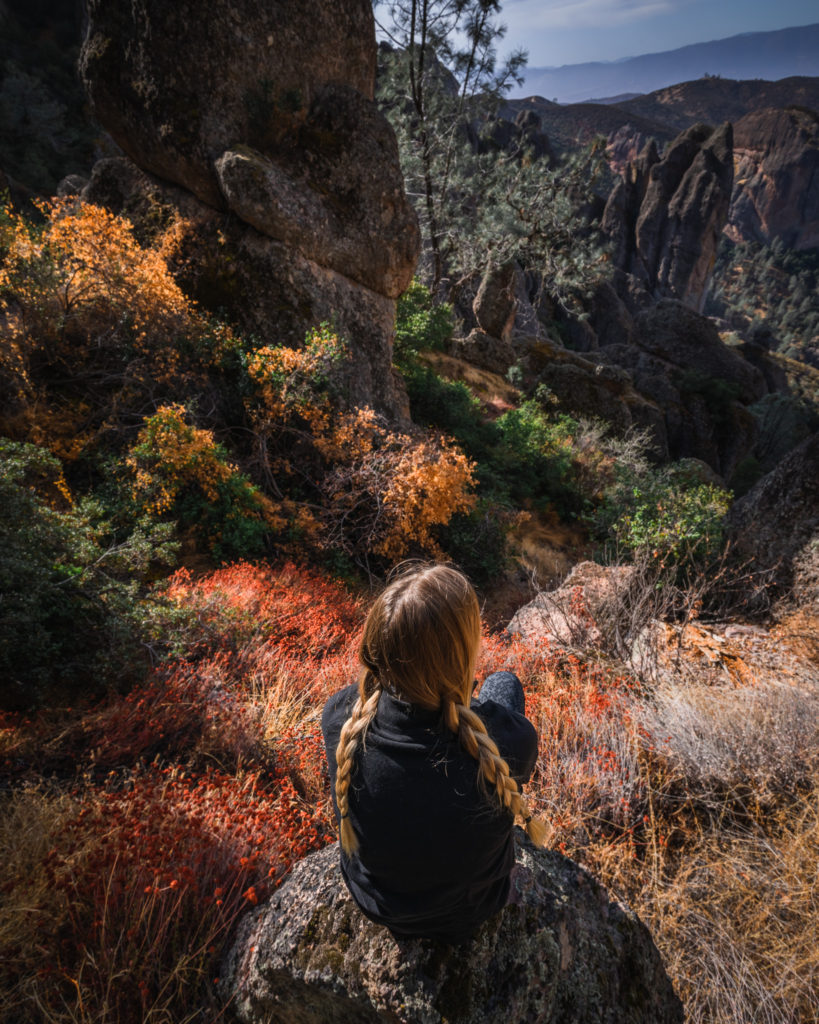
Read More National Park Posts HereBefore heading out on trails, it’s imperative that you’re familiar with the “Leave No Trace” principles.
Read More: Leave No Trace: The 7 Rules of the Backcountry.
Learn more about Leave No Trace on their website here.
Like This Post? Pin It!
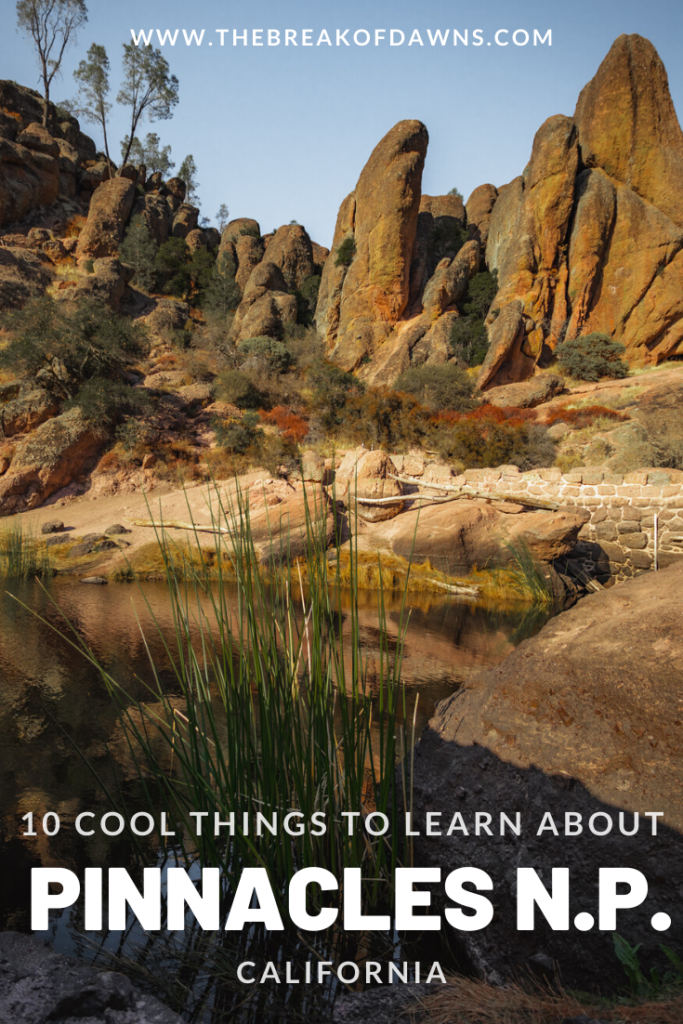
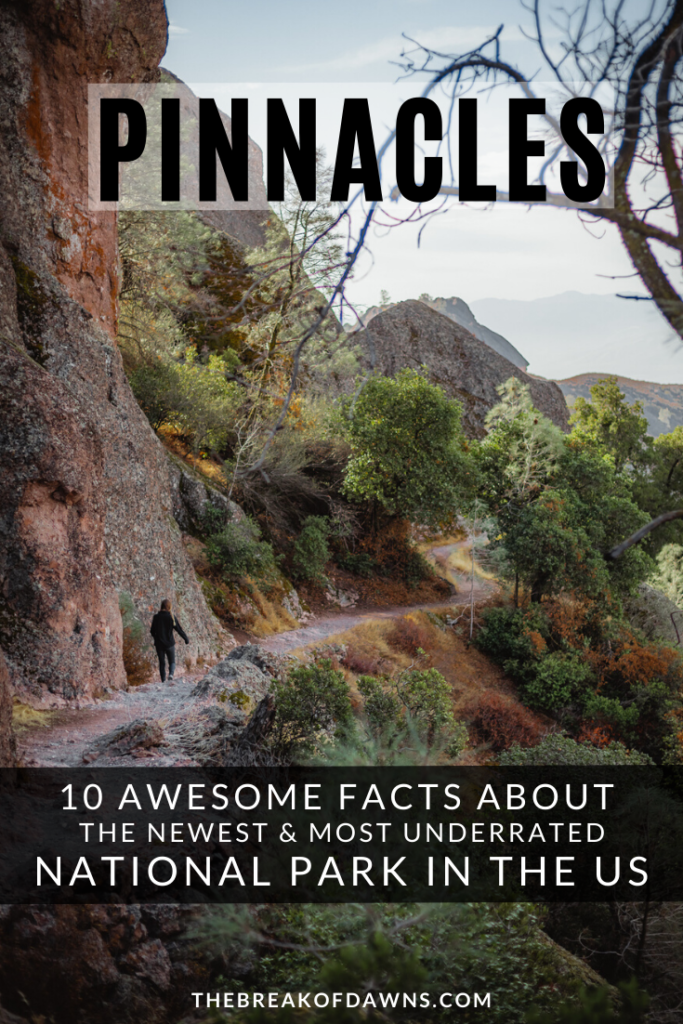

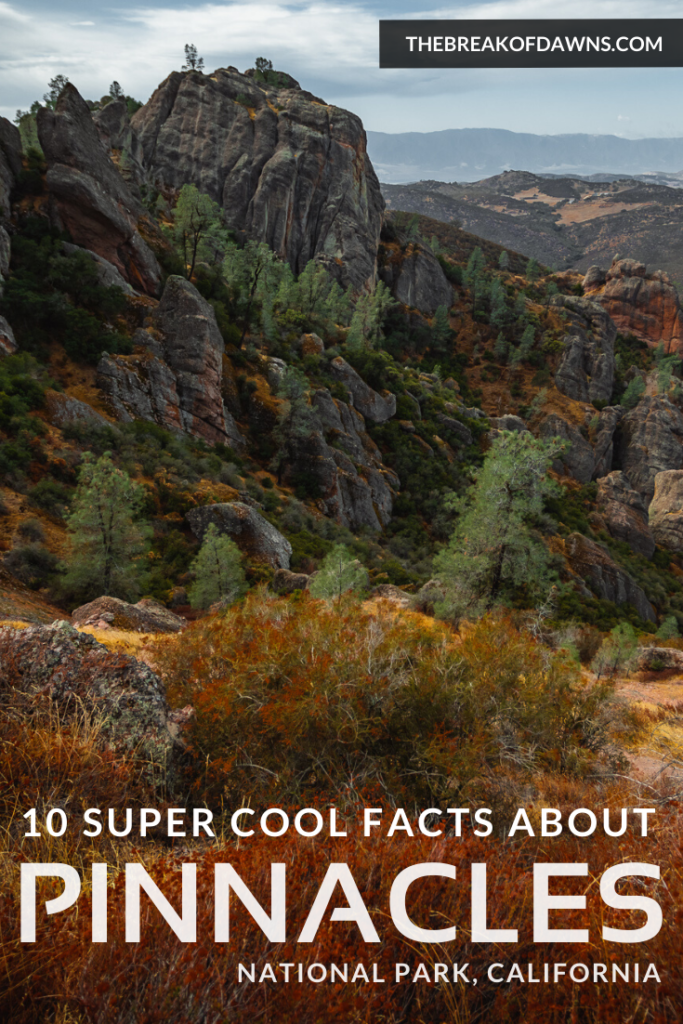
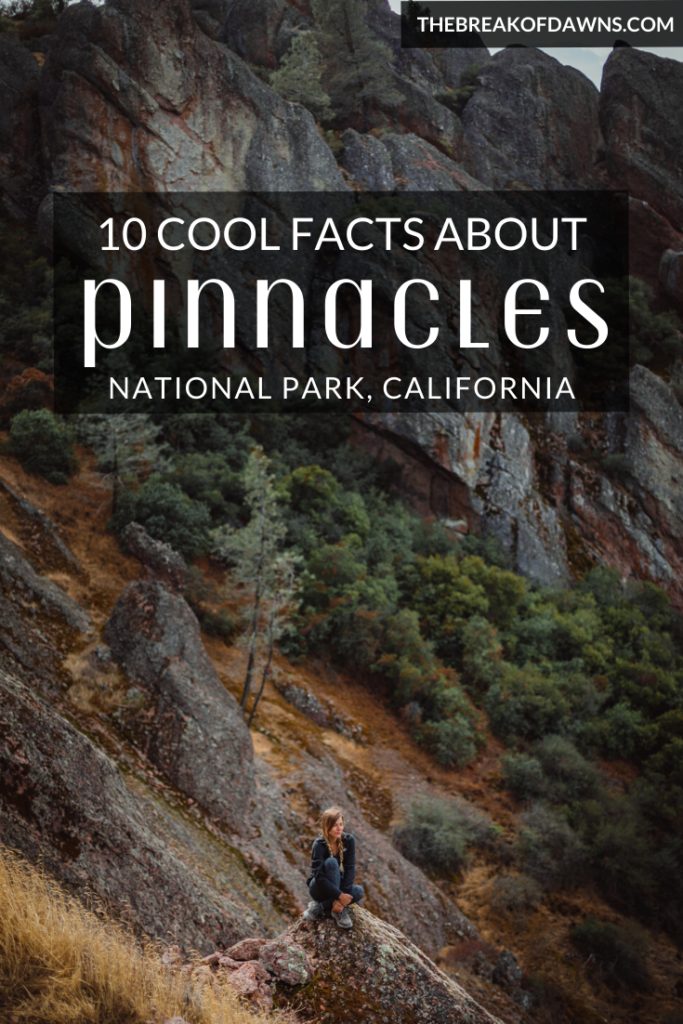
| This post contains affiliate links. At no extra cost to you, if you purchase one of these products I may receive a small commission. This helps me maintain my blog as a free space to you. Check out my Disclaimer for more info.

